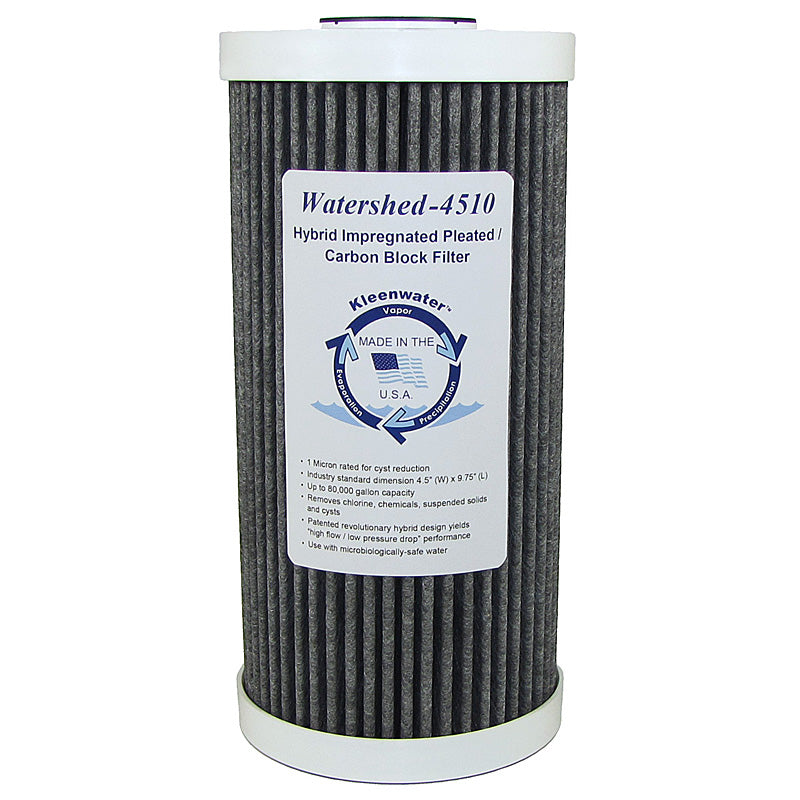- Joined
- Dec 7, 2021
- Messages
- 335
I recently had a Navien NCB-250/150H combi boiler + continuous hot water system installed and the literature says that the hot water maker plate and frame style heat exchanger is susceptible to plugging. I want to get a whole house water filter system installed to remove the dirt/scale that the town stirs up during its quarterly flushing of the street water mains. I have made a few calls and everyone wants to sell me a water softener system which I don’t want or need.
Does anyone here have experience with a whole house water filter (not a water softener) and can give me some manufacturer and capacity recommendations. Single family home, two bathrooms + kitchen and laundry. I would be doing the filter changes myself.
Does anyone here have experience with a whole house water filter (not a water softener) and can give me some manufacturer and capacity recommendations. Single family home, two bathrooms + kitchen and laundry. I would be doing the filter changes myself.

